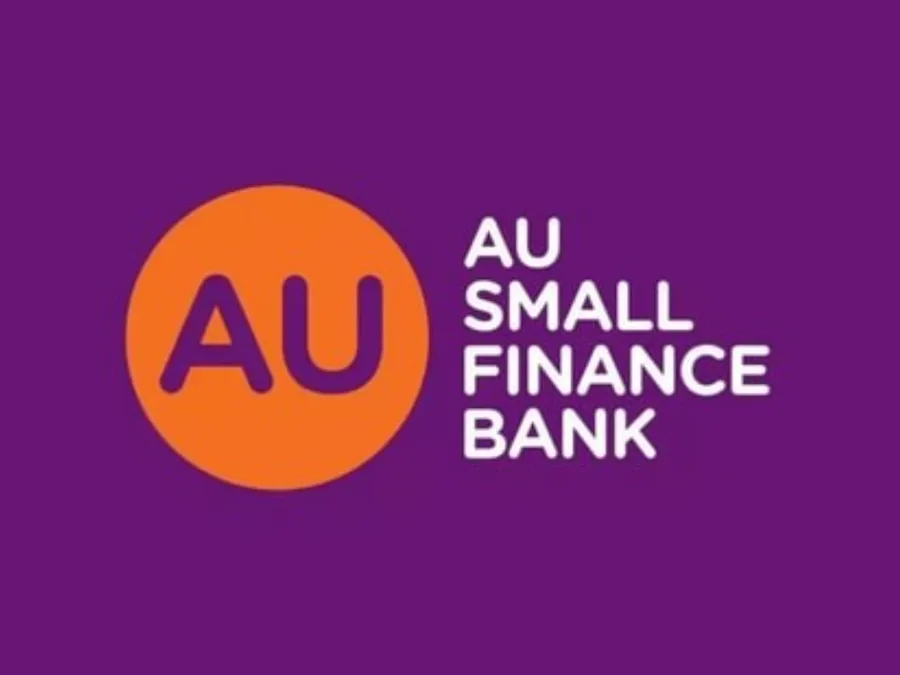Motor Insurance in India: India’s motor insurance industry is witnessing a paradigm shift, thanks to recent regulatory reforms spearheaded by the Insurance Regulatory and Development Authority of India (IRDAI). These transformative changes aim to simplify, standardize, and modernize the motor insurance ecosystem to make it more consumer-centric and technologically advanced. With the rise of connected vehicles, electric mobility, and dynamic driving behavior, IRDAI’s initiatives are setting the stage for a smarter, more transparent insurance framework that benefits both insurers and policyholders.
One of the most impactful regulatory changes is the introduction of flexible and innovative insurance products such as ‘pay-as-you-drive’ and ‘pay-how-you-drive’ policies. These options align premiums with actual vehicle usage and driving behavior, making motor insurance more equitable and accessible. Additionally, long-term third-party insurance coverage has been mandated for new vehicles, eliminating the need for annual policy renewals and ensuring continuous protection. Standardization of policy wordings and coverage terms has also increased clarity and reduced consumer confusion, enhancing trust and transparency in the system.
Technology is playing a pivotal role in this transformation. The adoption of telematics, data analytics, and AI-powered risk assessment has enabled insurers to offer customized motor insurance plans. Specialized policies tailored for electric vehicles (EVs) and autonomous vehicles are now emerging, reflecting the evolving nature of personal and commercial transportation. These tech-enabled policies not only reduce fraud and underwriting costs but also improve claim settlement efficiency, paving the way for a seamless digital experience for customers.
Who Can Apply for Motor Insurance Under New IRDAI Guidelines?
Any individual or business owning a motor vehicle in India can apply for insurance under the revamped framework. This includes:
- Private car owners
- Two-wheeler owners
- Commercial vehicle owners/operators
- Fleet owners
- EV (Electric Vehicle) owners
- Ride-hailing and delivery service providers
- Owners of self-driving or autonomous vehicles (as per future provisions)
These changes are applicable to both new vehicles and existing policy renewals.
Motor Insurance Fees: What You Need to Know
Motor insurance fees or premiums have become more dynamic with the recent changes. Here’s how pricing is structured under the new model:
| Insurance Type | Premium Basis | Average Cost (Annually) |
|---|---|---|
| Third-party Insurance | Vehicle type, engine capacity, and vehicle age | ₹2,000 – ₹7,500 |
| Comprehensive Insurance | IDV (Insured Declared Value), usage, driver profile | ₹5,000 – ₹25,000+ |
| Pay-as-you-drive Insurance | Kilometers driven annually + driving behavior | ₹2,500 – ₹15,000 |
| EV Motor Insurance | Battery value, vehicle cost, charging infrastructure | ₹3,000 – ₹18,000 |
How to Use New-Age Motor Insurance Plans
Using your updated motor insurance policy has never been easier. With digital platforms and mobile apps, you can now:
- Track policy details online
- Log driving behavior (for usage-based plans)
- Access telematics dashboards
- Raise claims instantly through AI-powered bots
- Get service assistance via insurer mobile apps
- Receive real-time notifications for renewals, claim status, and reminders
Most insurers now offer a paperless process, making management simple and efficient.
Also read: Gift of Protection: Five Types of Insurance You Can Gift This Father’s Day
How You Can Benefit from These Reforms
The IRDAI-driven changes bring multiple benefits:
1. Lower Premiums for Good Drivers
Usage-based models reward safe and low-mileage drivers with reduced premiums.
2. Greater Transparency
Standardized policy terms mean fewer hidden clauses and better understanding.
3. Better EV Coverage
Customized plans for electric vehicles cover battery damage, charging station mishaps, and more.
4. Faster Claims
AI-assisted claim settlements cut down processing time significantly.
5. Increased Policy Flexibility
Short-term, long-term, and pay-as-you-use models offer flexibility like never before.
How to Apply for Motor Insurance Under New Guidelines
Applying is quick and easy. You can apply via:
Online
- Visit your preferred insurance company’s website.
- Choose your insurance type (third-party, comprehensive, or usage-based).
- Enter your vehicle details.
- Choose add-ons (roadside assistance, zero depreciation, etc.).
- Make payment online.
- Get instant policy on email and app.
Offline
- Visit an insurance agent or company branch.
- Submit required documents (RC, ID proof, vehicle details).
- Get insurance quotations.
- Pay premium via cash/card.
- Receive hard copy of policy.

Important Dates
| Event | Date |
|---|---|
| Launch of standard EV policy | April 1, 2025 |
| Mandatory long-term insurance | In effect since September 2018 |
| Telematics insurance rollout | Q4 2024 onwards |
| Next IRDAI policy update | Expected in Q4 2025 |
Disclaimer
This article is intended for informational purposes only. The actual motor insurance premiums, terms, and eligibility may vary based on insurer policies, vehicle types, and state-specific regulations. Always verify the latest guidelines on the IRDAI official website or consult with a certified insurance advisor before purchasing.
Motor Insurance in India Conclusion
The Indian motor insurance landscape is entering a new era defined by consumer empowerment, transparency, and innovation. IRDAI’s progressive reforms are eliminating outdated practices and enabling insurers to offer personalized, tech-enabled solutions that match the modern driver’s expectations. From EV-specific policies to pay-as-you-go coverage, these changes reflect a deep understanding of the shifting transportation paradigm.
With the surge in electric vehicles, connected cars, and autonomous driving, insurers are developing more agile and responsive products. This flexibility not only benefits the policyholders but also creates new avenues for insurers to diversify their offerings. It’s a win-win scenario driven by smart regulation and technological evolution.
For consumers, this transformation is all about value, convenience, and clarity. With reduced premiums, easier claims, and digital access to policy documents, motor insurance is becoming a service that actively supports and protects—rather than complicates—your driving experience.
Looking ahead, the synergy between regulatory oversight and technological advancement is expected to further revolutionize the sector, potentially introducing blockchain claims, AI fraud detection, and smart contracts in insurance. Staying informed and choosing the right insurer can help you make the most of these groundbreaking reforms.
Motor Insurance in India FAQs
1. What is pay-as-you-drive motor insurance, and how does it work?
Pay-as-you-drive insurance is a usage-based model where your premium is calculated based on how much you drive. If you use your vehicle sparingly, you pay a lower premium. The insurance company may install a telematics device or mobile app that tracks your mileage and driving habits to determine charges.
2. Are electric vehicles (EVs) covered under standard motor insurance?
Yes, EVs are covered, but IRDAI has encouraged the development of dedicated EV motor insurance policies. These plans typically offer coverage for battery packs, charging station mishaps, and low-depreciation clauses tailored to EV components. Premiums are based on battery capacity and usage patterns.
3. Can I switch from a traditional insurance policy to a pay-as-you-go model mid-policy?
In most cases, you will need to wait until your current policy expires. However, some insurers offer the ability to migrate to usage-based models at renewal or mid-term with an endorsement. Check with your insurance provider regarding their flexibility on mid-term policy modifications.
4. What documents are needed to apply for motor insurance under new reforms?
You typically need:
- Registration Certificate (RC) of the vehicle
- Identity Proof (Aadhar, PAN, etc.)
- Previous insurance policy (for renewal)
- Vehicle details like engine/chassis number
- Driving license
For pay-as-you-drive models, a telematics device/app setup may also be required.
5. How has IRDAI improved the claim settlement process with recent reforms?
IRDAI has encouraged insurers to implement AI-powered claims processing, enabling faster verification, reduced fraud, and quicker payouts. Many insurers now offer instant claim approvals for minor damages and online claim tracking, greatly improving customer experience and reducing settlement time.




2 thoughts on “Motor Insurance in India: How Regulatory Changes Are Reshaping”